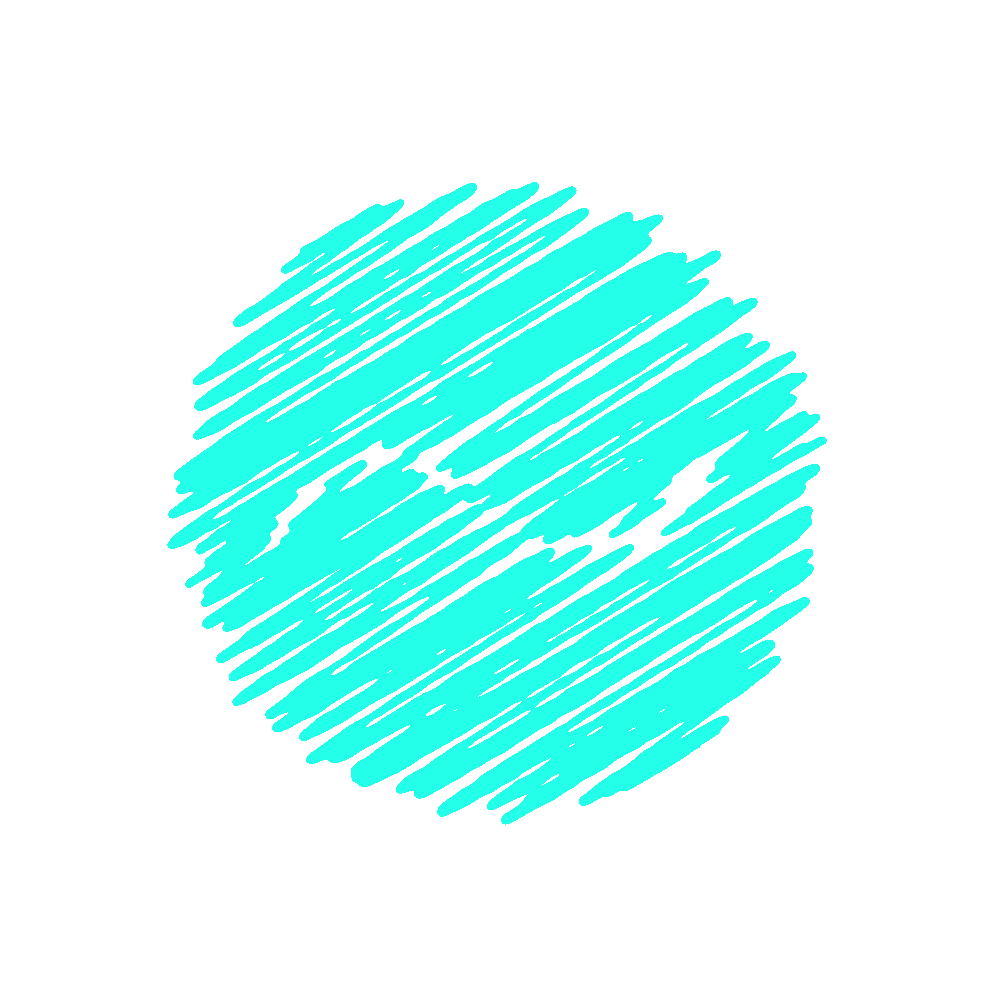For this honors experience, groups of four students were to create a project in Matlab. I led my group in creating a eye tracking software within Matlab to analyze what colors UC students looked at most when presented with six in random arrangement.

The program uses two Matlab plugins: USB Webcam Support with MATLAB to access the webcam, and Computer Vision System Toolbox to perform simple object recognition. It works by presenting the subject with visuals and recording the face. After this is finished it analyzes every frame to find the pupil position and calculates where on the screen the subject was looking. On the left is the procedure the program uses to find pupil position.
The experiment starts by callibrating for the eyes using dots on a Matlab plot. Afterwards a set of six colors appear on the screen in random arrangement ten times. During this, the program records video to analyze. The team’s intention with this experiment was to test the software for a real-world application. Color analysis is used in marketing to assist with logo development and company branding. The team hypothesized that red would be the most eye catching of all the colors.


The team found that overall there was approximately no difference in the colors viewed. But when looking at which colors were most popular to certain people, yellow and green came up the most. This means that when an audience is presented with a wide range of colors, yellow and green will likely stand out the most to the majority of people.

The team also wanted to see which parts of the screen were viewed the most. Most of the attention was focused in the bottom half of the screen. Looking at both the top and bottom seperately , the eye focused most on the top left and bottom right. This data should be factored in to decisions about content placement in graphic and document design.

The team successfully created a fully functional eye tracker within Matlab with a few minor limitations:
-
The head must be still.
-
Eye tracking cannot occur real time due to limited processing power.
-
The program functions best with no glasses or other objects which obscure the eyes.
As for experimental results, the team found some statistically significant trends. while there was not enough data to analyze demographic preferences, the general population had a preference towards green and yellow. The same was true for sectors for the bottom right sector, though this may have been influenced by the display system in Matlab. Further research with a broader sample size would be necessary to solidify the teams findings.
This project gave me the experience and taught me much more Matlab then either Models I or Models II could. Rather than sticking to very methodical labs and homework I got to be creative and experimental in designing a difficult software. As a result I am coming out of this experience with much more knowledge about both Matlab and how I learn. Next time I have to learn a tool or skill I know that the best method for me will be to experiment and explore what makes me curious.
